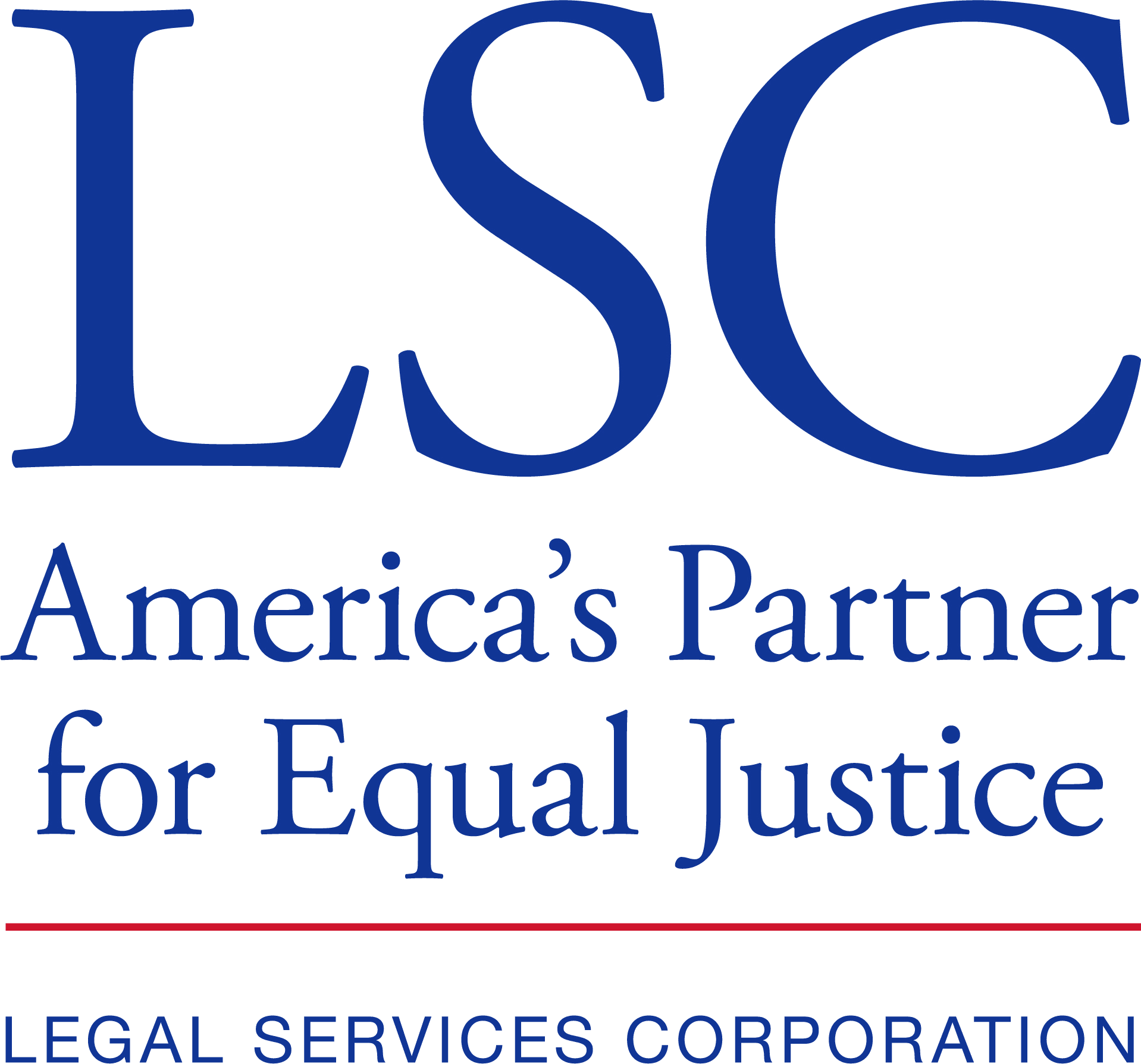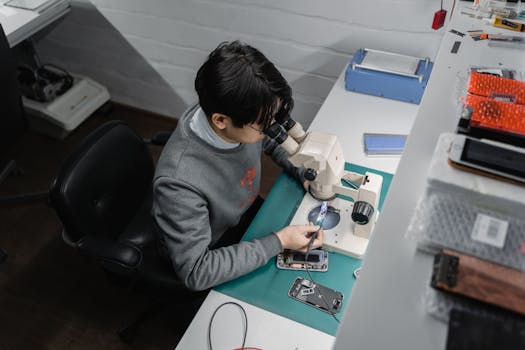
data-usecase-icon="donation_form"
Combler le fossé numérique Drive
Créez un formulaire de don en ligne simple pour collecter des dons uniques destinés à l'achat d'appareils et de forfaits Internet pour les communautés mal desservies, en maximisant la portée sans frais.
data-usecase-cta= "donation_form"
data-usecase-icon="recurring_donations"
Parrainer mensuellement l'appareil d'un élève
Invitez les sympathisants à financer l'ordinateur portable ou le hotspot d'un élève sur une base mensuelle, afin de garantir un accès technologique fiable tout au long de l'année grâce à des contributions automatisées.
data-usecase-cta="recurring_donations" (dons récurrents)
data-usecase-icon="peer_to_peer"
Défi "Peer-to-Peer" des champions de la technologie
Permettez aux bénévoles ou aux étudiants de collecter des fonds en votre nom grâce à des pages personnalisées et au partage social, transformant ainsi chaque sympathisant en ambassadeur de l'inclusion numérique.
data-usecase-cta="peer_to_peer"
data-usecase-icon="event"
Gala annuel d'accès aux technologies
Organisez un dîner ou un rassemblement virtuel célébrant l'impact et vendez des billets en quelques minutes, en enregistrant les coordonnées des participants et en renforçant l'engagement de la communauté sans frais de traitement.
data-usecase-cta="event"
data-usecase-icon="store"
Boutique en ligne Tech Swag
Proposez des housses d'ordinateur portable, des clés USB et des vêtements de marque pour accroître la notoriété et le chiffre d'affaires, le tout vendu par l'intermédiaire d'une boutique personnalisable sans frais de plateforme.
data-usecase-cta="store"
data-usecase-icon="adhésion"
Programme d'adhésion au Cercle des fondateurs
Lancer un système d'adhésion par paliers offrant des mises à jour exclusives, des webinaires de formation et un accès anticipé aux appareils remis à neuf, afin d'encourager une communauté de donateurs fidèles.
data-usecase-cta="adhésion"
Comment Zeffy se compare-t-il aux autres plateformes de collecte de fonds pour Initiatives d'accès à la technologie
Frais | Vous gardez | Vous perdez | ||
|---|---|---|---|---|
0 % de frais de plateforme et de traitement | $50,000 | $0 | ||
2,9 % + 0,30 $/transaction | $48,400 | -$1,600 | ||
2,2 % + 0,30 $ + ~2,35 % de frais de plateforme | $47,500 | -$2,500 | ||
2,9 % + 0,30 $/transaction | $48,350 | -$1,650 | ||
3,7 % + 1,79 $/billet + 2,9 % de frais de traitement | $46,550 | -3 450 $ (estimation) | ||
1.99% + $0.49 | $48,560 | -$1,440 |
100% gratuit, toujours.
Les 6 meilleures idées de collecte de fonds pour Initiatives d'accès à la technologie
📱 Dispositif d'été
Collecter des smartphones et des tablettes d'occasion tout au long de l'été, les remettre en état et offrir des outils numériques à des élèves défavorisés.
🚴 Rouler pour la connectivité
Organiser une randonnée à vélo communautaire au cours de laquelle les cyclistes collectent des promesses de dons par kilomètre pour financer des kits Internet à domicile pour les familles à faibles revenus.
🌐 Tableau de bord virtuel
Lancez un sprint en ligne d'égal à égal où les partisans parrainent des forfaits mensuels de données et partagent des mises à jour pour stimuler les objectifs de connexion.
🍦 Crème glacée et innovation
Organisez une dégustation de glaces en plein air avec des démonstrations techniques, des kiosques de dons et une tombola pour renforcer le soutien à l'équité numérique.
🔋 Hackathon solaire
Organiser un hackathon estival alimenté par l'énergie solaire : les équipes paient l'entrée, élaborent des solutions technologiques et collectent des fonds pour éclairer les laboratoires d'apprentissage de la communauté.
📸 SnapTech Summer
Organisez un concours photo estival sur la technologie en action ; les donateurs votent avec leurs contributions, ce qui permet de mettre en valeur l'innovation tout en collectant des fonds.
Envie de plus d'inspiration ?
Découvrez plus de 40 initiatives gratuites Initiatives d'accès à la technologie idées de collecte de fonds
Principales subventions pour Initiatives d'accès aux technologies en 2025

Subvention d'initiative technologique (TIG)
Société de services juridiques (LSC)
Varie selon la catégorie (par exemple, jusqu'à 35 000 $ pour les TIP, minimum 40 000 $ pour les SEA).
Ce programme finance des projets technologiques visant à améliorer l'accès à l'assistance juridique pour les Américains à faibles revenus, le cycle de l'exercice 2025 s'ouvrant à la mi-janvier 2025.

Programme de subventions visant à renforcer la mobilité et à révolutionner les transports (SMART)
Département des transports des États-Unis
Jusqu'à 2 000 000 $ (phase 1)
Soutien aux projets de démonstration de technologies avancées pour les communautés intelligentes afin d'améliorer l'efficacité et la sécurité des transports, les subventions de la phase 1 étant ouvertes aux entités éligibles.

Subventions IMAGINE du programme AWS
Amazon Web Services (AWS)
Non spécifié
soutient les organisations à but non lucratif enregistrées qui utilisent la technologie en nuage pour accélérer leurs missions.

Programme d'aide à la technologie
Systèmes Cisco
Non spécifié
Fait don de la technologie Cisco à des organisations à but non lucratif admissibles afin d'améliorer la productivité, la sécurité et l'évolutivité.
Principales entreprises qui font des dons à aux initiatives d'accès aux technologies en 2025

Walmart
soutient les organisations à but non lucratif par le biais de subventions locales et de programmes de dons à la communauté.

TechSoup
Soutient les organisations à but non lucratif, les organisations caritatives et les bibliothèques en leur donnant accès à des dons et à des réductions sur les logiciels, le matériel et les services.

Homme-I-T
Crée un accès équitable aux opportunités en fournissant des appareils, un accès à l'internet, une formation aux compétences numériques et une assistance technique aux personnes à faibles revenus et aux organisations à but non lucratif.

Fondation HP
Soutient l'apprentissage de la technologie dans les communautés défavorisées grâce à des subventions, des dons de charité et des programmes de bénévolat.
Questions fréquemment posées
Zeffy est-il vraiment 100% gratuit pour les initiatives d'accès à la technologie ? Quel est le piège ?
Oui, Zeffy est 100% gratuit pour les initiatives d'accès à la technologie ! Il n'y a pas de frais de plateforme, pas de frais de traitement et absolument aucun coût caché. Nous restons gratuits grâce aux pourboires optionnels des donateurs qui soutiennent notre mission d'aider les initiatives comme la vôtre à conserver chaque dollar. C'est tout, il n'y a pas de piège !
Les initiatives d'accès à la technologie peuvent-elles utiliser Zeffy pour collecter des dons ?
Absolument ! Technology Access Initiatives peut utiliser Zeffy pour collecter des dons généraux, gérer la vente de billets d'événements et mettre en place des dons récurrents, le tout sans payer un seul centime. Chaque don soutient votre mission, pas la nôtre.
Quels types de campagnes de collecte de fonds peuvent être menés par Technology Access Initiatives avec Zeffy ?
Les initiatives d'accès à la technologie peuvent mener diverses campagnes avec Zeffy ! Organisez des collectes de fonds de pair à pair, accueillez des événements payants ou mettez en place des programmes de dons récurrents pour un soutien continu. Quels que soient vos besoins en matière de collecte de fonds, Zeffy est là pour vous aider.
Quelle est la meilleure plateforme de collecte de fonds pour les initiatives d'accès aux technologies ?
Zeffy est la seule plateforme de collecte de fonds 100% gratuite pour les initiatives d'accès à la technologie. Alors que les autres plateformes facturent souvent des frais de traitement ou des coûts cachés, nous nous assurons que chaque centime va directement à votre mission, ce qui permet d'instaurer un climat de confiance avec vos supporters.













